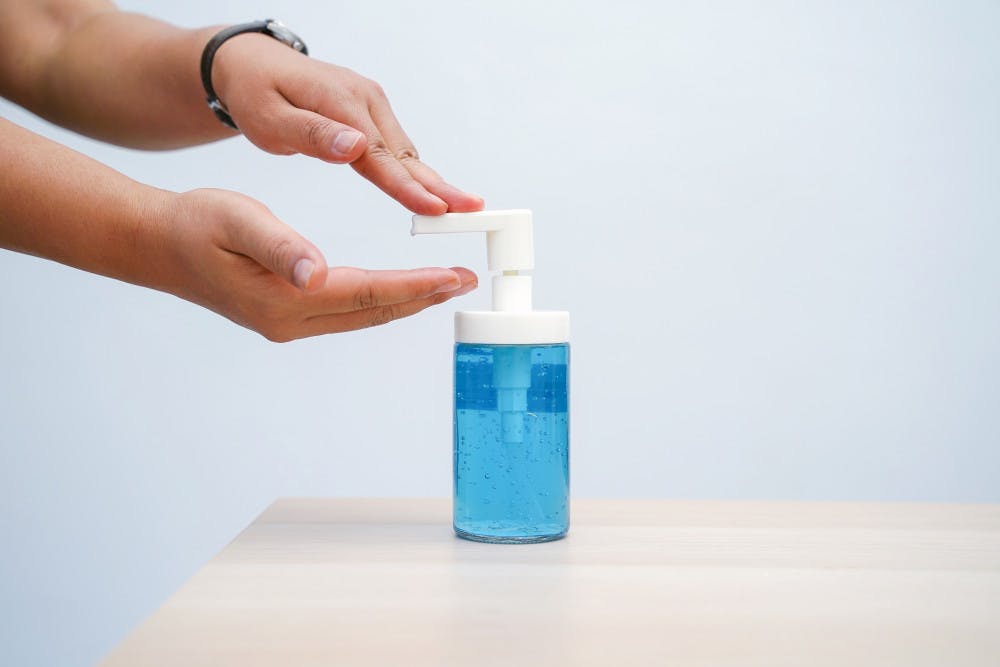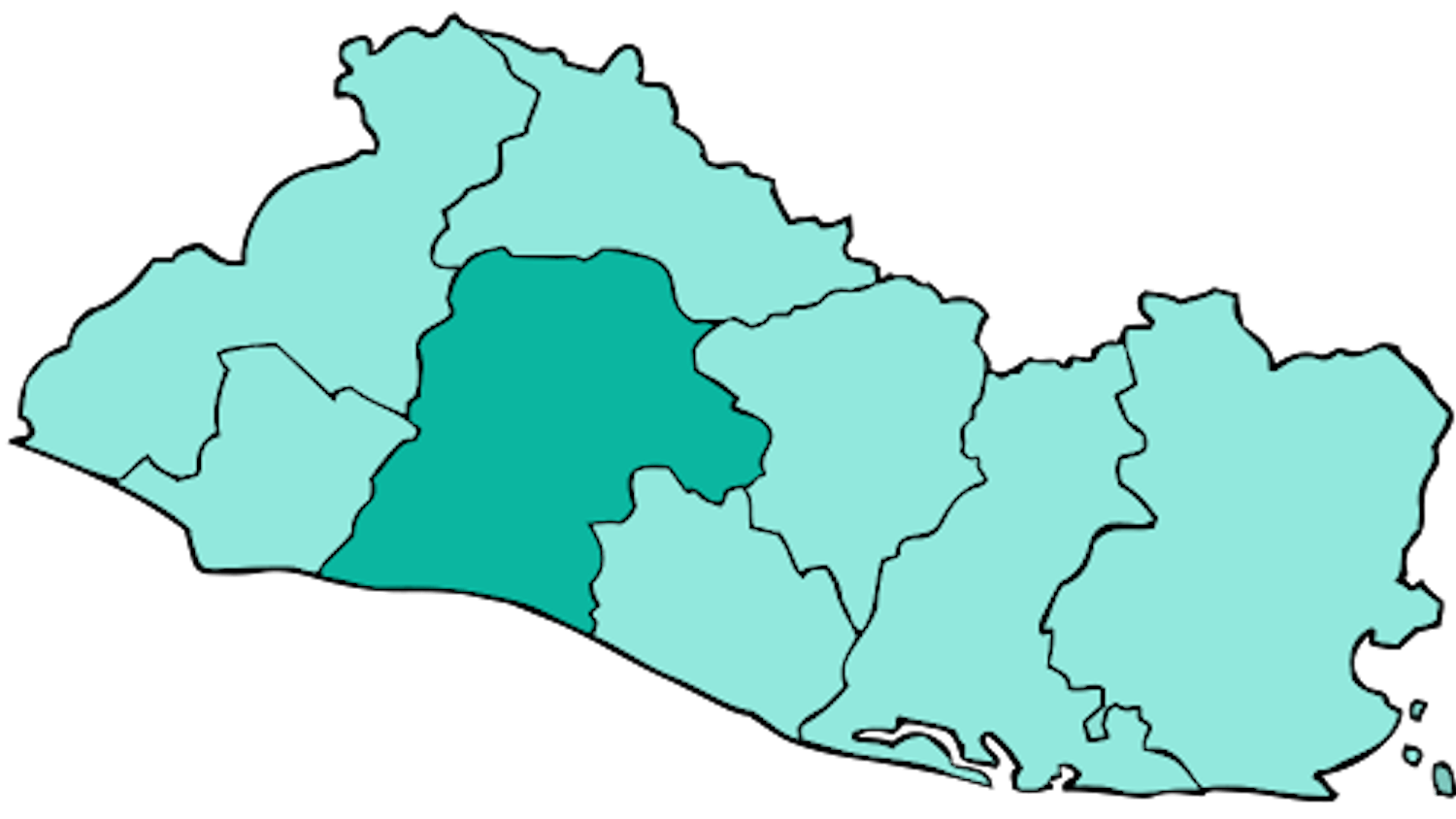By Angela Mo
Correspondent
The novel coronavirus stems from a family of viruses that generally cause colds. There have been several coronavirus outbreaks, from the Middle East respiratory syndrome coronavirus, MERS-CoV, to the severe acute respiratory syndrome coronavirus, SARS-CoV. According to the World Health Organization, the current virus is frequently referred to as COVID-19.

As the severity of the virus depends heavily on the individual, according to the World Health Organization, the high-risk groups for this virus are older adults or people with underlying health conditions. However, the overall deadliness of the virus may not be known for some time, as medical professionals are having difficulty determining how many people are infected.
The COVID-19 case confirmed on Feb. 28 in Solano County, Calif., indicated that the virus may be silently spreading through what is called “community spread,” according to Science News, which means that the affected patient had no history of travel to affected areas and was not exposed to a known source with the virus.
Aubree Gordon, an epidemiologist at the University of Michigan at Ann Arbor, said to Science News that undetected community spread in the United States is expected.
“‘It (probably) means that there’s an unknown number of other cases,’” Gordon said to Science News in reference to Northern California. “‘It’s probably not a super large number at this point, but there may be a large number of people who are infected but haven’t started to show symptoms yet.’”
In order to understand the extent and severity of the spreading virus, researchers need a test that can determine who has developed antibodies against the virus, according to Science News. Therefore, no one knows for sure how many people have been infected inside the United States.
This is due to a combination of a lack of medical supplies, test kits, and the fact that people affected by the virus may display mild symptoms, according to Science News.
As of Mar. 6, the National Institute of Health is leading the effort to develop a vaccine that can be tested through human trials in the coming months, according to NBC. However, government officials predict that this process will take more than a year.
Nancy Messonnier, director of the CDC’s National Center for Immunization and Respiratory Diseases, stated that “‘non-pharmaceutical interventions, or NPIs, will be the most important tools in our response to this virus.’”
Interventions, such as school closures, cancellations of church gatherings and voluntary home quarantines are examples of the steps communities have taken.
According to the World Health Organization, personal hygiene is very important in protecting both the person and the community. It is recommended that people wash hands with soap and water or alcohol-based sanitizers, although washing with soap and water is the best method.
Contrary to popular belief, the CDC states that surgical masks are not recommended for the prevention of respiratory illnesses. It is recommended that facemasks only be worn by people who already have COVID-19, by healthcare workers and by those who are in close proximity to those infected with the COVID-19.







